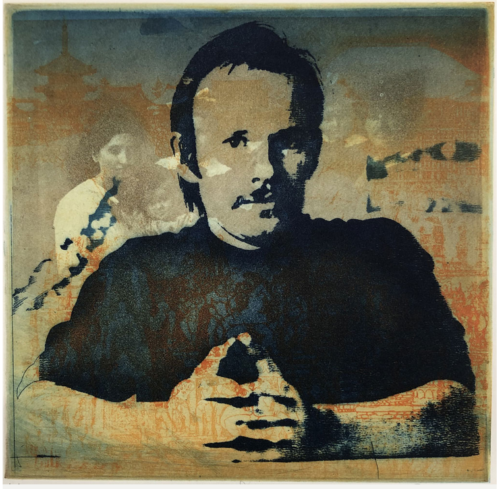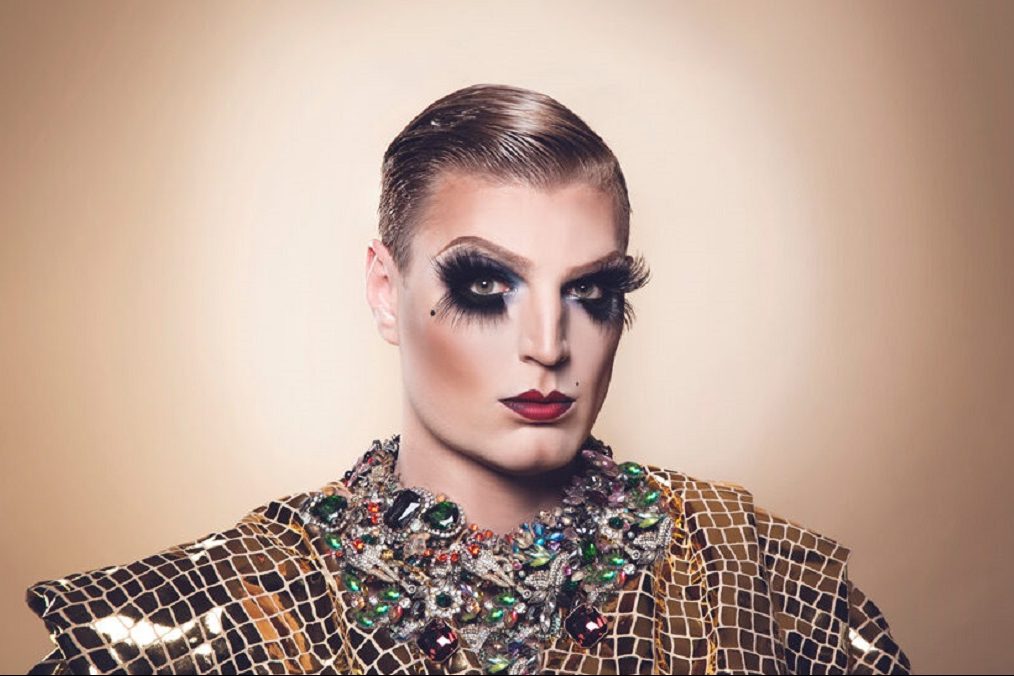
AS galleries everywhere close their doors, some, like Beaver Galleries, are ahead of the pack.
Their planned exhibition of work by the late, great artist/printmaker Jörg Schmeisser, for instance, is ready to hang, but it’s already viewable online – all 72 works.
The exhibition, “Jörg Schmeisser, The Journey Continues: Prints from the Family Collection” is drawn from the collection of the Schmeisser family – his artist widow, Keiko Amenomori-Schmeisser and daughters Aya and Taë.
When Schmeisser died in June 2012, there was an outpouring of grief in Canberra for the man who had, from 1978 to 1997, headed the school’s printmaking workshop, where he became mentor to some of our leading printmakers, while keeping up his own art practice, with more than 200 solo exhibitions worldwide.
His work is represented in the British Museum, Victoria and Albert Museum, Bibliothèque Nationale de France, Museum of Modern Art in New York, Staatliche Sammlungen Dresden, Germany, Museum fur Ostasiatische Kunst in Cologne, Germany, and the National Gallery of America. In Australia, his work is held in all of the major state galleries as well as the National Gallery of Australia.

Described by his former boss at the School of Art, Professor David Williams, as “the perfect gentleman”, Schmeisser had been born in Pomerania, then in Germany but now Poland, in 1942, and studied at the Academy of Fine Arts in Hamburg. In 1968 he headed to Kyoto, Japan, to study its ancient culture.
There in 1970 he met Keiko, his wife-to-be of over 40 years, who told us recently, “I look after Jörg’s work and found some special prints, maybe not editioned prints, but things like colour proofs, which he did a lot in his career… since Martin and Susie Beaver were always so supportive of his work, it was in my mind to have a show based on those prints.”
Since his death in 2012, she said, there had been a number of exhibitions including a small one in Japan last year and one in Dresden, Germany, but the future was less certain.

Jörg, she said, was the quintessential artist-traveller. In the early days of their marriage she went with him to the USA, Israel, and the village in Poland where he was born and around Japan, including north to Hokkaido, the subject of a series in this unusual exhibition.
But with two daughters to raise, Keiko stayed at home in O’Connor while his travels took him to places as far afield as Angkor Wat and Antarctica, Ladakh, Jerusalem, Venice, Princeton and Arnhem Land.
“He was not often at home,” Keiko explains, “but luckily my father had been a businessman and was hardly at home, so it was quite familiar… I always let him go and he always returned a much happier man.”
Always gregarious, he kept up his connections and friendships around the world. I once spent hours with him in Osaka drinking beer and talking art, a favourite pastime.
But in Keiko’s view there were two visits which were of the greatest significance.

The first was to Ladakh in Himalayan northern India, where he went with a German photographer on an expedition funded by the Cologne Museum of East Asian Art.
“He had always treasured history, but Ladakh also had vast nature and harsh conditions, similar to Antarctica, almost untouched – and they travelled on a donkey,” she says.
The second seminal visit was to Antarctica in 1998 as part of a scientific visit organised by Princeton.
“Jörg loved science and was intrigued by the things they talked about,” she says, which is evident in both the prints and diary which he later exhibited. Of the icebergs, he said, “There was nothing to compare them to, as I had done with buildings, in front of mountains or beside trees.”

A family story is that after returning from Antarctica, family and friends alike endured many hours of slides and videos delivered in a manner that his daughters called being “Jörganised”.
According to one of his oldest friends, author and playwright Roger Pulvers, whom he had met in Kyoto in 1968, Schmeisser had taken part in archaeology digs in the Middle East, where authenticity in line, location and colour was essential for scientific identification.

Striving for complete authenticity would be seen in his etchings of Beijing’s Forbidden City, Nara, Ladakh, Angkor Wat, Siena and Khajuraho, but in some works, Pulvers says, the “disorder of imbalance” prevails, as in his etchings of icebergs.
In 2010 Jörg Schmeisser wrote, “In the end it is both the travel and I, who create the marks, which will make the print of the journey.”
“Jörg Schmeisser, The Journey Continues: Prints from the Family Collection”, Beaver Galleries, 81 Denison Street, Deakin, Tuesday-Sunday, 10am-5pm, until April 12. Viewable at beavergalleries.com.au
Who can be trusted?
In a world of spin and confusion, there’s never been a more important time to support independent journalism in Canberra.
If you trust our work online and want to enforce the power of independent voices, I invite you to make a small contribution.
Every dollar of support is invested back into our journalism to help keep citynews.com.au strong and free.
Thank you,
Ian Meikle, editor




Leave a Reply